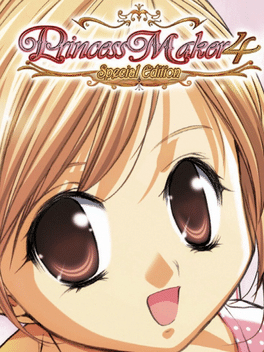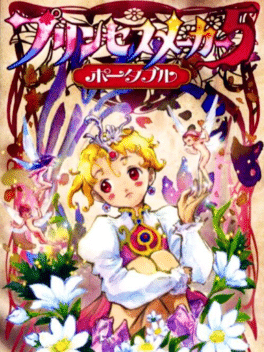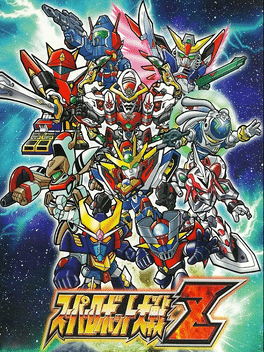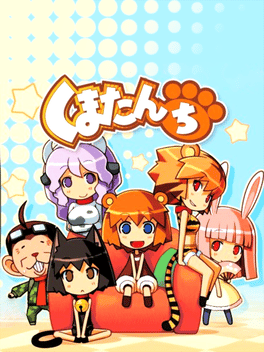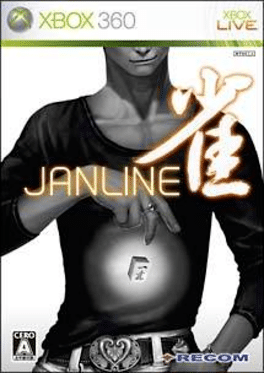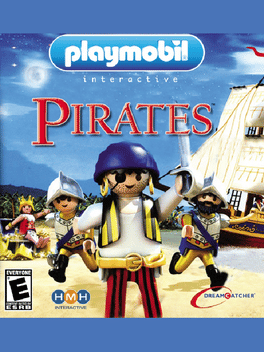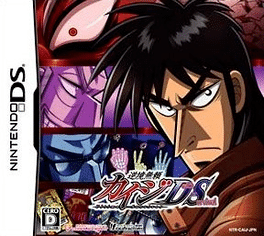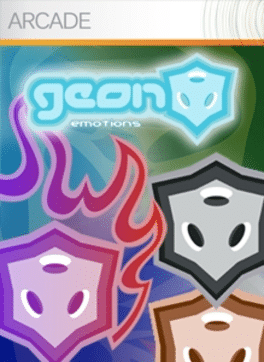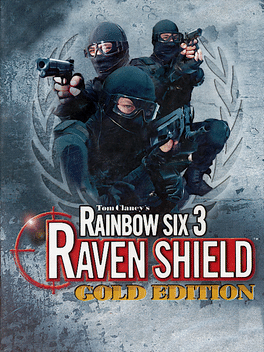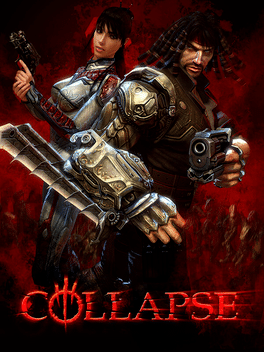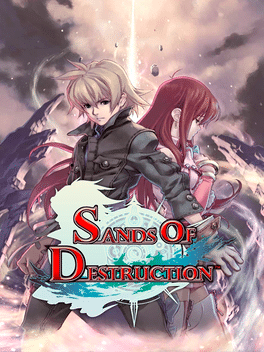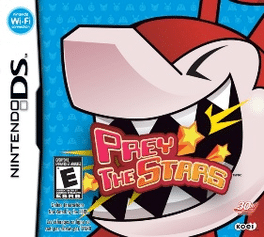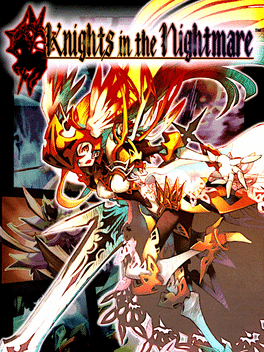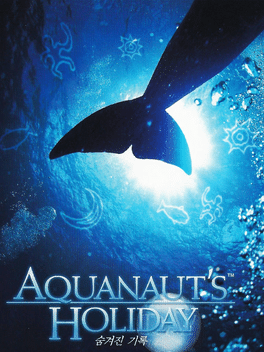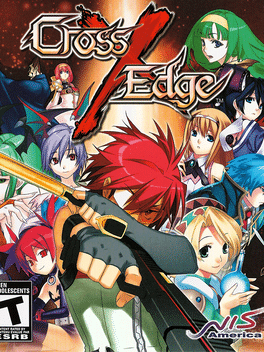New Games - Page 9923
-
Princess Maker 4 DS Special Edition
2008
Princess Maker 4 DS Special Edition is a port of Princess Maker 4 for Nintendo DS, it was released in Japan and Korea. -
Super Robot Taisen Z
2008
Super Robot Taisen Z
2008
The final Super Robot Wars game to be released on the PlayStation 2. It is the start of a brand new "series" of SRW games. -
Guitar Praise: Solid Rock
2008
Players can use a USB guitar controller to play along to over fifty contemporary Christian songs in this Guitar Hero and Rock Band inspired game. -
Kumatanchi
2008
-
Janline
2008
-
Playmobil Pirates
2008
Playmobil Pirates
2008
Playmobil Pirates is a playful pirate adventure for DS that will thrill and entertain players of all ages all Set within the faithfully reproduced Playmobil Pirate universe. -
Geon
2008
Geon
2008
Feel the energy of powerful emotions as you compete among your opponents to master the unique sport of Geon: Emotions. Will you choose to spread fear among the other players or unleash a wave of bliss over them with the aim of subverting their cause? You can be the master of Geon, but you must learn to use your emotions to your advantage. -
Tom Clancy's Rainbow Six 3: Gold Edition
2008
star 8Raven Shield: Command an elite multinational squad of special operatives against hidden terrorist forces. In Tom Clancy's Rainbow Six 3: Raven Shield, the third installment to the wildly popular Rainbow Six series, Team Rainbow faces the hidden global forces of a new and secretive foe. Rainbow Six 3 Gold Download Features: - All-new eight-mission campaign in locations from Italy and Croatia to Greece. - Five new multiplayer levels (Chemical Factory, Ferry Boat, University, Italian Alleys, and Jungle). - Three new multiplayer game modes (Adversarial Terrorist Hunt, Adversarial Scattered Hunt, and Capture the Enemy). - Seven additional real-world weapons (for a total of 64) with sound effects from the team that worked on the blockbuster movie The Matrix. -
Guild Wars Trilogy
2008
Guild Wars Trilogy
2008
star 7An award-winning online fantasy epic awaits. No subscription fees! Step into Guild Wars, the award-winning fantasy online roleplaying game enjoyed by millions of players. For the first time ever, Guild Wars Trilogy combines Guild Wars, Factions, and Nightfall into a single amazing experience. -
Collapse
2008
Collapse
2008
star 5.1In 2013 the Central Europe (Ukraine, Kyiv) witnessed a catastrophe. Everybody was mystified by its cause. What happened was beyond our comprehension. Somebody called it the collision of worlds or the stratification of two dimensions. -
Sands of Destruction
2008
Sands of Destruction
2008
star 7.5Sands of Destruction is a 2008 role-playing video game developed by Imageepoch and published by Sega for the Nintendo DS. It was released in Japan in 2008, and in North America in 2010. Set in a desert world where humans are ruled over and persecuted by the anthropomorphic Ferals, the story revolves around protagonist Kyrie after learning he holds the power to destroy the world. Gameplay features exploration of the game world from a top-down perspective, and a turn-based combat system incorporating real-time mechanics. -
Mana Khemia: Student Alliance
2008
The 4th entry in the RPG series, Mana Khemia is different from the previous Atelier Iris games. Mana Khemia is a campus sim style RPG, where you can interact with classmates and professors to complete academic quests. You play as Vayne Aurelius, a novice alchemist who was invited to attend Al - Revis Academy. At the academy, Vayne will meet human and not so human alchemists, and together you will solve the mysteries of alchemy. -
Prey the Stars
2008
Prey the Stars
2008
star 5.7In Prey the Stars – known as Gabu Gabu Planet in Japan – players control various dog-like creatures in a competition to eat the most items in a given level. Part of the challenge comes in that, in order to successfully eat an item, you must "chew" it by repeatedly pressing the B button. -
Knights in the Nightmare
2008
star 8.4Somewhere between heaven and the underworld--in the center of a quiet lake--stood an ancient castle known as Aventheim. One night, without warning, denizens of the netherworld emerged and slaughtered the kingdom; nary a soul was left alive. Within an abandoned, long-forgotten church deep in the woods, a wisp is set free. Bereft of memory, it is drawn toward a monster-infested castle and re-awakens the souls of vanquished knights, leading them back towards the fallen stronghold to confront the very forces of evil that took their lives. -
SingStar: Hottest Hits
2008
SingStar Hottest Hits is a karaoke game, released in Australia, featuring hits songs from recent music charts. The game gives points which are distributed by the purity of singing, as in how well does one manage to stay on tune. It doesn't matter if you change octaves in the middle of the song or what words are you singing in (it doesn't have a word recognition), so your singing is rated by how well you manage to hit the correct note at the correct time. -
The Wizard's Pen
2008
The Wizard's Pen
2008
star 7The Wizard has vanished, and only you can find him in this spellbinding hidden-object adventure! The clues to the Wizard's whereabouts are in his workbook, but all the pages are blank. You'll need his magic pen to uncover and guess the image on each page. The better your guesses, the better your score - and every image you uncover brings you closer to finding the Wizard. Plus, you can play mystical mini-games, unlock special challenges, score bonus points and earn potent potions. It's a unique new twist on the seek-and-find genre that you've gotta try! -
Aquanaut's Holiday: Hidden Memories
2008
The actual story mode of the game can be compared to an adventure game. The main - unnamed - character is a journalist, in search of the missing oceanographer William "Bill" Graber. Using a submarine called the Dolphin no.2 you explore the seas for clues. The game takes place in Kisira Atoll, in Polynesia. An oceanographic research facility named Kisira Base is the starting point and where you always come back to, for supplies (such as batteries for sonar navigation buoys) and equipment. Two scientists work at the base, the young and dreamy Jessica Porter and the conservative chief Robert Kemelman. Both assist you in solving mysteries, each in their own way. Jessica likes to believe fairytales and legends, while Robert usually comes up with a scientific explanation. All the fish, animals and other discoveries are added to a database. Some fish can communicate and the player has to repeat the sounds made by a fish, using the four trigger buttons of the Sixaxis controller. At all times, the unlocked area of the m -
Cross Edge
2008
Cross Edge
2008
In a world where dreams and nightmares become reality, a band of powerful warriors from across dimensions must come together to stop their worlds from being consumed by evil incarnate. Harness the power of characters from such series as Disgaea, Ar tonelico, and DarkStalkers! Utilize the dynamic battle system to unleash powerful special skills and team combos, and choose your destiny!

